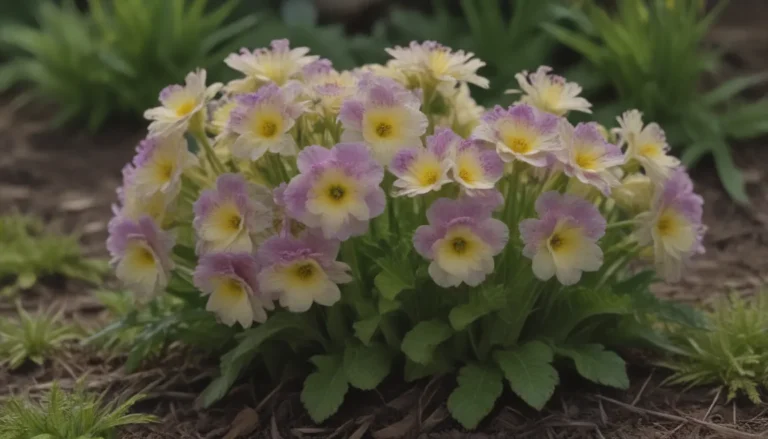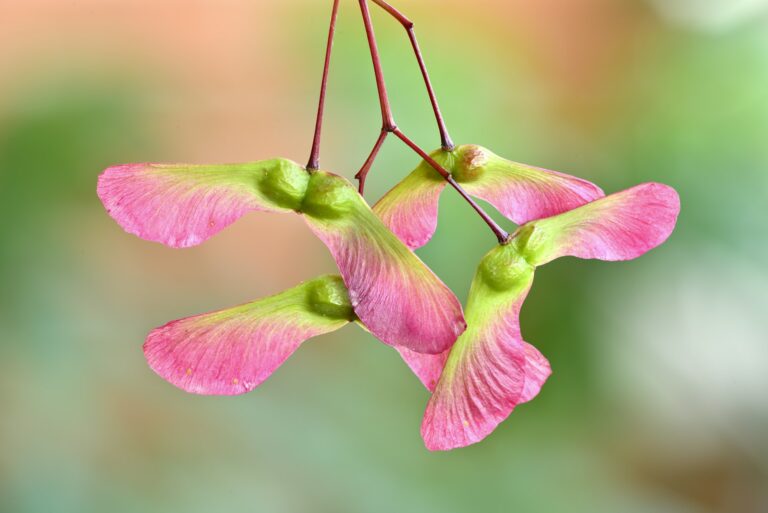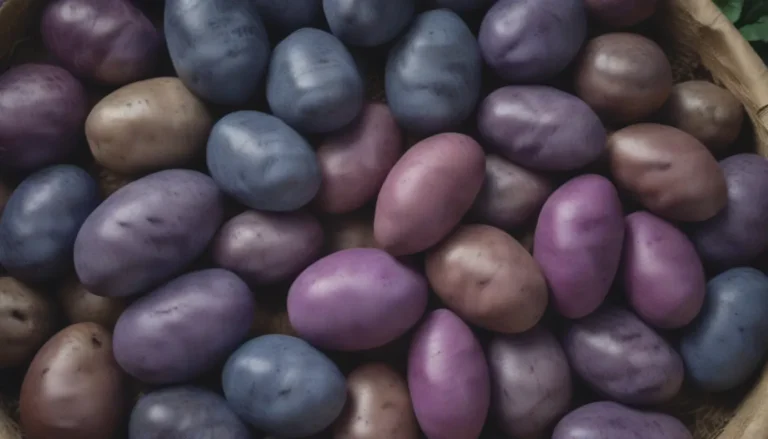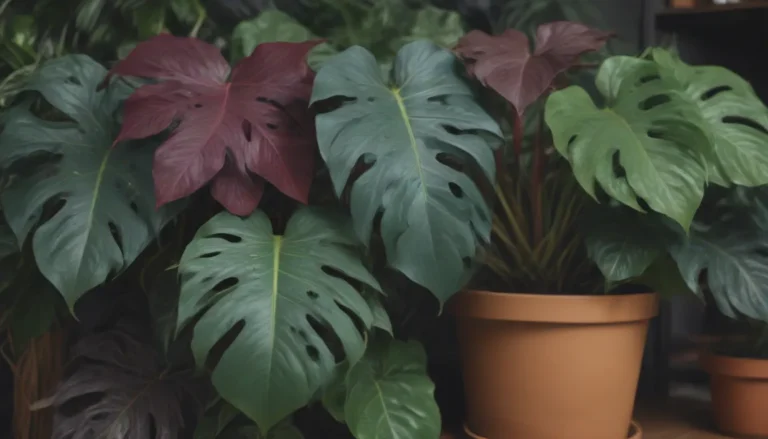Your Complete Guide to Growing and Caring for Korean Fir Trees
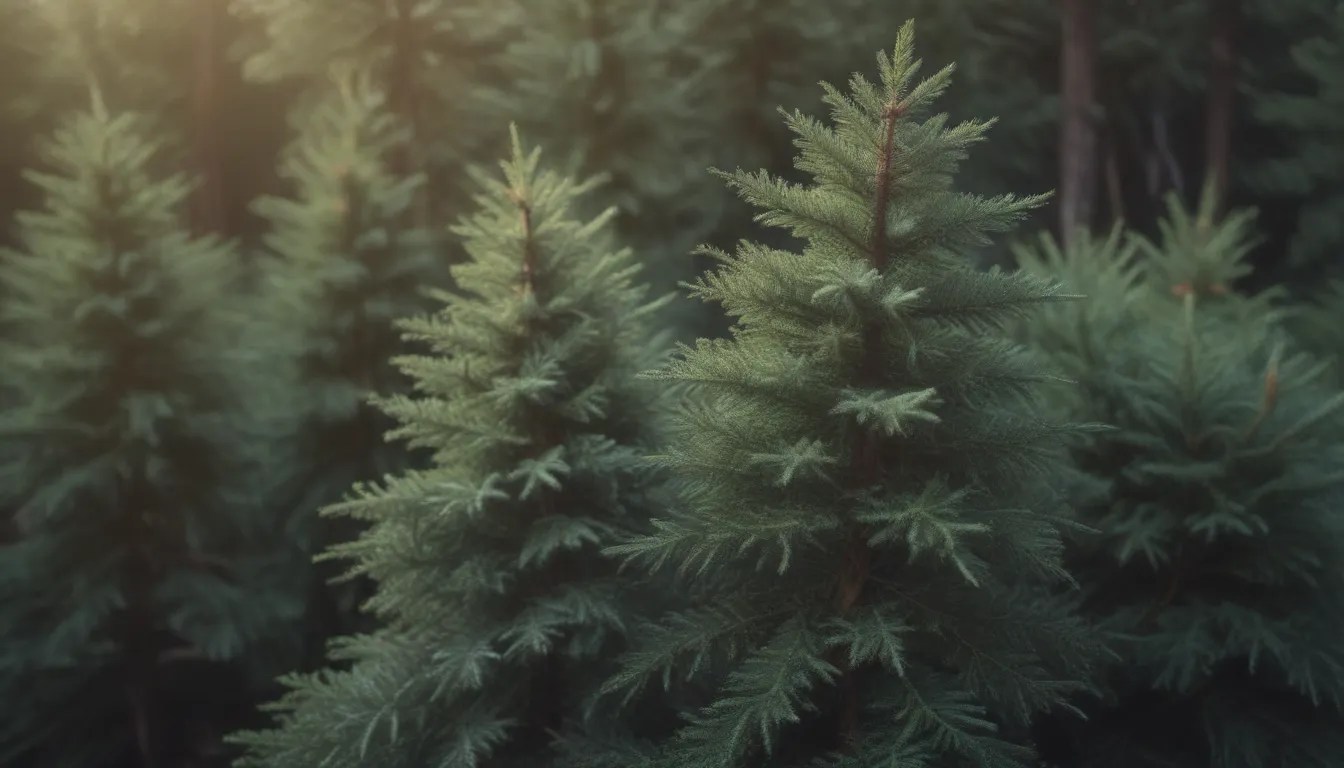
If you’re looking for a unique and low-maintenance tree to add to your landscape, look no further than the Korean fir. Known for its beautiful pyramidal shape, dark green needles with silvery undersides, and distinctive purple to tan cones, the Korean fir is a versatile and attractive addition to any garden. In this comprehensive guide, we’ll walk you through everything you need to know to successfully grow and care for Korean fir trees in your own backyard.
What Makes Korean Fir Special?
Korean fir trees, scientifically known as Abies koreana, are a type of short-needled evergreen conifer that is a favorite choice for Christmas trees. However, these trees have much more to offer than just holiday decoration. Here are some key features that make Korean fir trees stand out:
- Size: Many Korean fir varieties grow to a manageable height of around 30 feet, making them smaller than other fir species.
- Appearance: Korean firs have dense branches covered with short needles that are dark green on top with silvery undersides. They also produce unique cones that add visual interest to the tree.
- Climate Preference: Korean firs thrive in cool, moderate climates with full sun exposure. They can withstand very cold winters, making them a great choice for colder regions.
- Low Maintenance: These trees are relatively low-maintenance once established, making them a popular choice for homeowners looking for a hassle-free addition to their landscape.
Now that you know what makes Korean fir trees special, let’s dive into the care requirements needed to ensure your tree thrives.
Korean Fir Care Basics
Taking care of Korean fir trees is relatively straightforward, as long as you provide the right conditions for growth. Here are the main care requirements you need to consider:
Light
- Korean fir trees thrive in full sun, meaning they need at least six hours of direct sunlight daily.
- While they prefer full sun, Korean firs can also tolerate partial shade if necessary.
Soil
- Korean firs prefer rich, well-draining soil with good drainage. Avoid planting them in dense clay soil.
- These trees thrive in acidic soil conditions, so ensure the pH level is suitable for optimal growth.
Water
- Maintain consistent moisture in the soil, but avoid overwatering that can lead to root rot.
- Water your tree whenever the soil starts to dry out, ensuring there is no pooling water around the base.
- Mulch around the tree can help retain moisture and keep the roots cool.
Temperature and Humidity
- Korean firs prefer cool, temperate climates and can tolerate some heat and humidity.
- Protect the tree from strong winds that can dry out the foliage.
Fertilizer
- Feed young Korean fir trees annually with organic granular fertilizer in early spring.
- Mature trees may require half-strength fertilizer unless the soil quality is poor.
By following these care guidelines, you can help your Korean fir tree thrive and continue to enhance your landscape for years to come.
Different Types of Korean Fir Trees
Korean fir trees come in various varieties, each with its own unique characteristics. Here are some popular types of Korean fir trees you might consider for your garden:
- Abies koreana ‘Aurea’
- Abies koreana ‘Compact Dwarf’
- Abies koreana ‘Silberlocke’
- Abies koreana ‘Kohout Hexe’
- Abies koreana ‘Silver Show’
- Abies koreana ‘Prostrata’
Each variety offers a slightly different appearance and growth habit, allowing you to choose the perfect Korean fir for your landscape.
Pruning and Propagating Korean Fir Trees
While Korean fir trees don’t require extensive pruning, occasional maintenance is necessary to keep the tree healthy and visually appealing. Here are some tips for pruning and propagating Korean fir trees:
Pruning
- Remove dead, diseased, or broken branches as needed to maintain the tree’s health.
- Avoid extensive pruning, as Korean firs typically form a symmetrical pyramid shape naturally.
Propagating
- While propagating Korean fir trees from cuttings is possible, it is a slow and challenging process best left to professionals.
- Consider growing Korean firs from seeds as a more practical and slightly more successful method of propagation.
By following these pruning and propagating techniques, you can ensure your Korean fir tree remains healthy and vigorous in your landscape.
Potting and Repotting Korean Fir Trees
Smaller cultivars of Korean fir trees are ideal for growing in pots, making them popular choices for living Christmas trees. Here are some tips for potting and repotting your Korean fir:
- Choose a large pot that is at least twice the width and depth of the root ball to allow for proper root growth.
- Use a well-draining growing medium, such as a mixture of perlite, vermiculite, and compost.
- Repot your tree every four to five years to prevent root binding and ensure continued healthy growth.
Whether you choose to grow your Korean fir in a pot or plant it directly in your landscape, providing the right growing conditions is essential for its long-term success.
Overwintering and Common Pests
Ensuring your Korean fir tree is well-prepared for winter is crucial for its survival and health. Here are some tips for overwintering your tree and dealing with common pests:
Overwintering
- In colder regions, protect potted trees from extreme temperatures by placing them in a sheltered location and insulating the pot.
- Avoid placing potted trees on cold surfaces, as this can damage the roots and impact tree health.
Common Pests
- Korean fir trees are relatively resistant to pests and diseases but may be susceptible to aphids, adelgids, and fungal diseases.
- Monitor your tree for pests and diseases and take appropriate action, such as spraying with insecticidal soap or horticultural oil.
By taking proactive measures to protect your Korean fir tree during the winter months and addressing any pest issues promptly, you can ensure your tree remains healthy and beautiful year-round.
Troubleshooting Common Problems
While Korean fir trees are generally hardy and low-maintenance, they can still experience occasional issues. Here are some common problems to watch out for:
- Yellowish Needles: Yellow needles may indicate alkaline soil, nutrient deficiencies, or pest infestations. Adjusting the soil pH or treating for pests can help resolve this issue.
- Brown Branches in Spring: Winter burn from cold, dry winds can cause brown branches in spring, especially in colder regions. Provide protection for young trees or consider alternative species for challenging climates.
By addressing these common problems promptly and providing the necessary care, you can help your Korean fir tree thrive and continue to beautify your landscape for years to come.
In Conclusion
In conclusion, growing and caring for Korean fir trees can be a rewarding experience for any gardener. By following the tips and guidelines outlined in this comprehensive guide, you can create a thriving and visually stunning landscape with these unique and versatile trees. Whether you’re looking for a low-maintenance ornamental tree, a living Christmas tree, or a charming addition to your garden, Korean firs are sure to impress with their beauty and resilience.
So, why not consider adding a Korean fir tree to your landscape today and enjoy the beauty and elegance it brings to your outdoor space? With the right care and attention, your Korean fir tree will continue to delight you for years to come.
